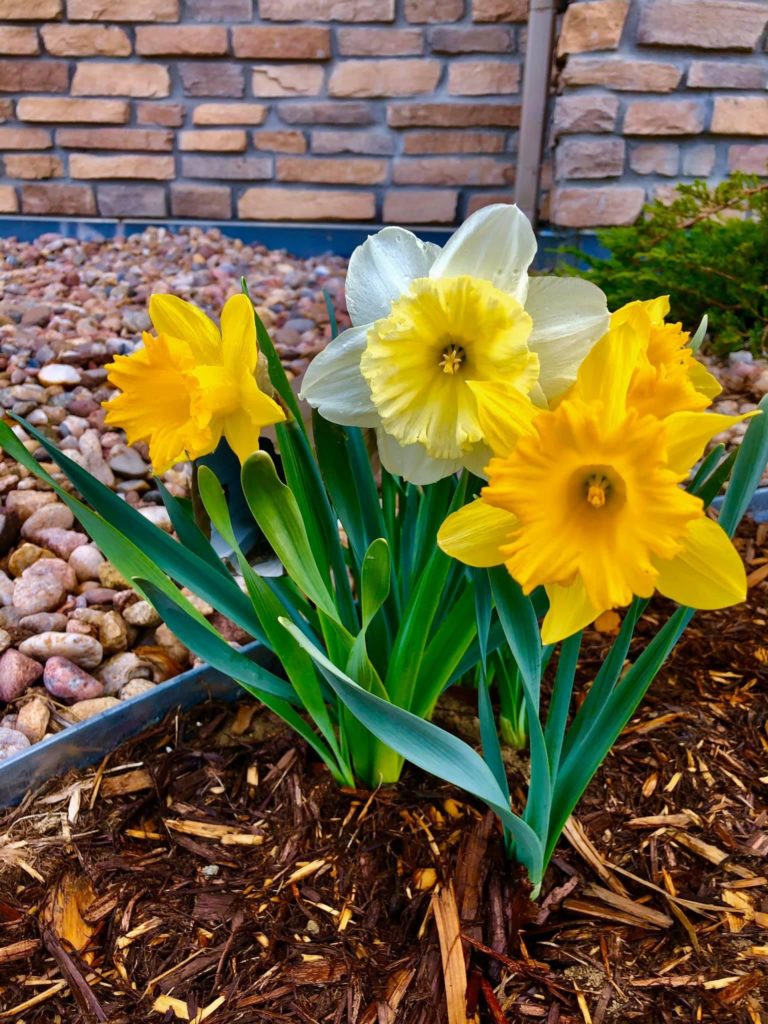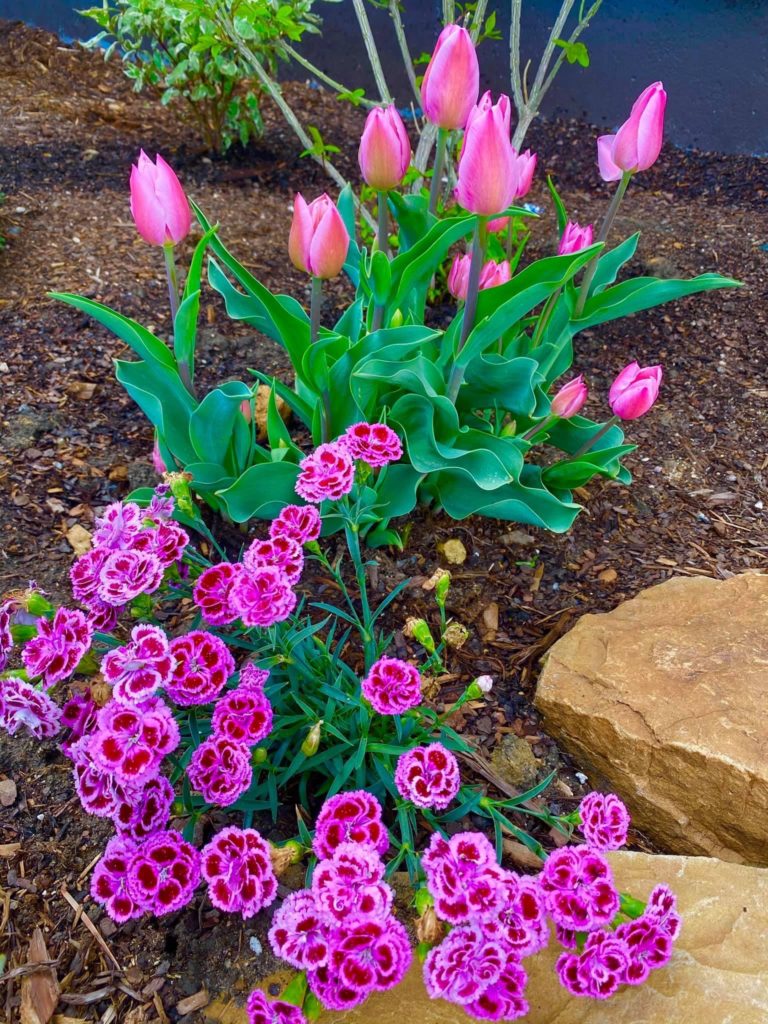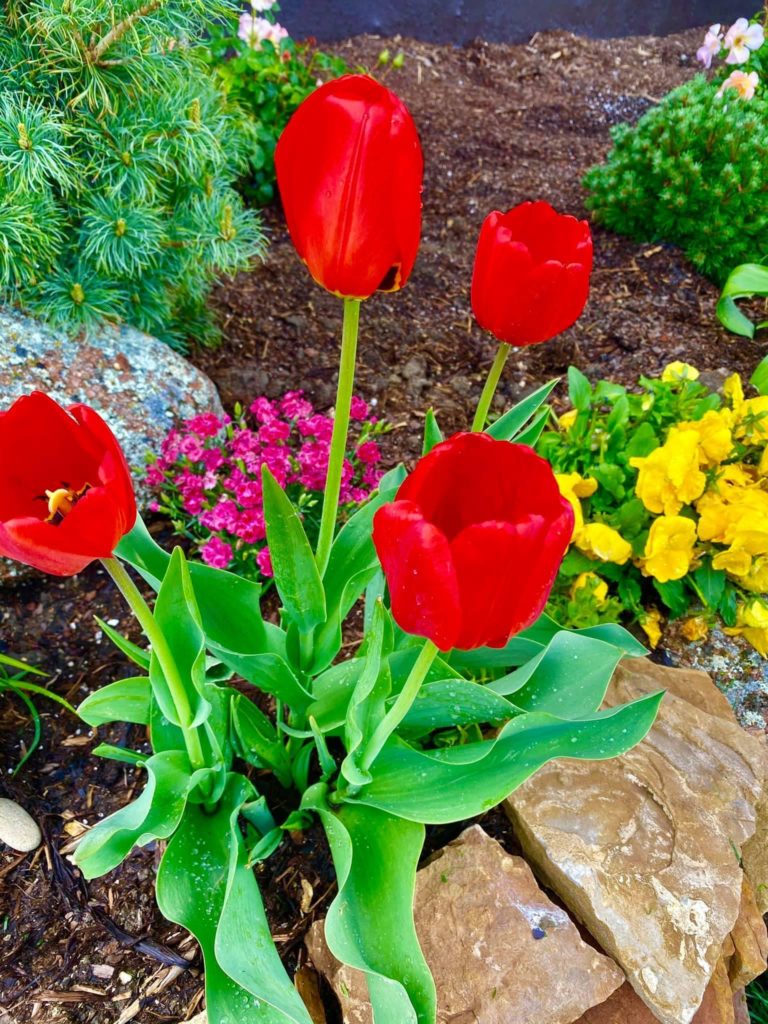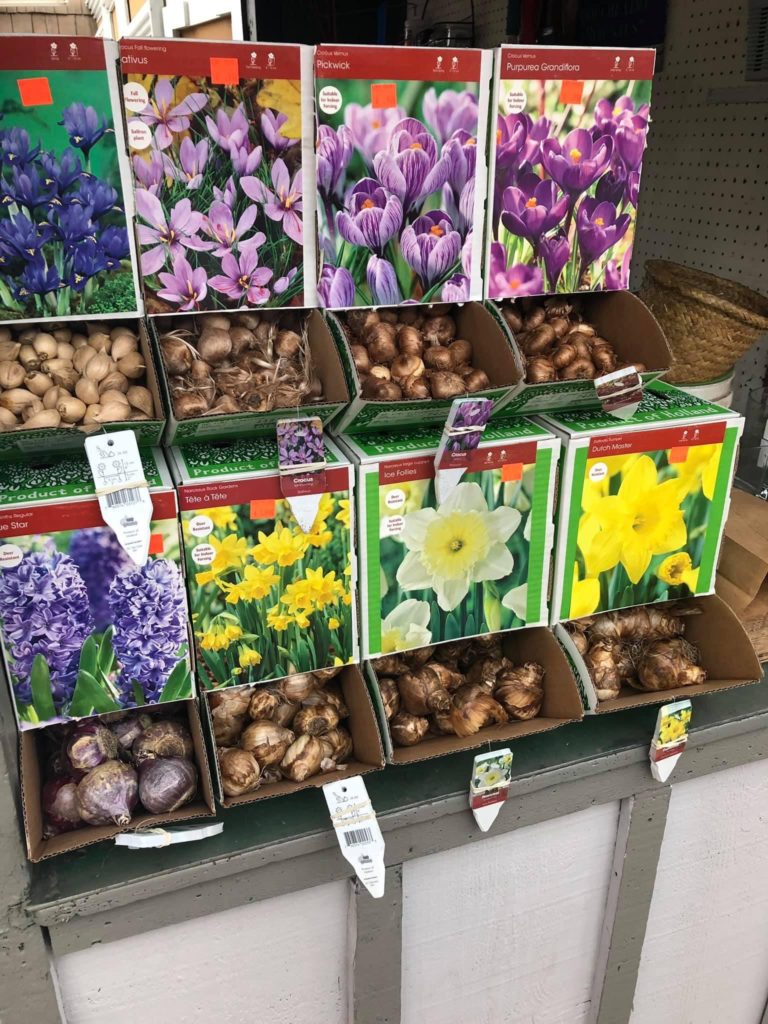
With the increased interest in gardening instigated by the COVID-19 pandemic, introducing more people to growing plants from bulbs can increase sales and customer satisfaction. Most longtime gardeners are comfortable and knowledgeable about the benefits of planting bulbs, but newer gardeners tend to need some education.
At Lafayette Florist, Gift Shop and Garden Center, young customers are not as likely to purchase bulbs as older gardeners. With the newer gardeners, hanging baskets, other blooming plants or even seeds that have more immediate results tend to be more popular.
“Many people don’t want to take the time to grow from a bulb. They want instant gratification and pretty flowers in a pot,” explained Brian Wheat, Co-owner of the business in Lafayette, Colo. “To me, it’s a bonus that you get to wait until it emerges later. It’s like a rebirth, with a nice surprise. When planting outside, it’s a great way to impress your neighbors with colorful curb appeal.”
Sonya Anderson, Horticulture Specialist at the Denver Botanic Garden, has helped with its annual Fall Plant and Bulb Sale for the last 10 or more years. She observed, “In the last few years, both the plant and the bulb purchases have grown.”
She credits the increased sales to the continued popularity of Garden’s spring event, as well as the heightened interest in home gardening sparked by the pandemic. She’s quick to add that garden staff has focused on offering education about bulbs to spur interest.
“Bulbs are often easy to plant and maintain, our cold winters and semi-arid climate are conducive to growing many types of bulbs, there is a wide variety to choose from, and they can be a food source for early-season pollinators,” Anderson said.
Her impression about gardeners, who are reluctant to grow bulbs, is that they’re not confident in growing them and uncertain whether they will really resprout the following spring. With some gardeners, she thinks they aren’t sure how to incorporate bulbs into the garden or keep track of where they’re planted, which may be a level of garden maintenance that intimidates them.
Cornelius Noordermeer of De Vroomen agrees that “most young customers want instant results and don’t understand that it will take about five months before seeing productivity with bulbs.”
The less-experienced gardeners need help in understanding the great qualities of plants grown from bulbs. Not only do they produce colorful, large blooms, but Noordermeer explained succinctly, “They are very low maintenance and they naturalize for multiple years to come.”
Wheat admits he loves bulbs so much he could go on and on praising them.
“They are self-sufficient. They grow with what nature gives them – water and sun, and store energy to come back again,” he said. “They bloom at different times in every season – spring, summer, fall and winter, and are very versatile with both traditional iconic features and exciting new features like striped foliage.”
He said it’s important for novice gardeners to shop at independent garden centers where the staff is knowledgeable and can share information that will lead to successful growing. From making the right bulb selections to understanding the correlation of bulb size to plant size, staff with horticultural knowledge can help customers get the results they want.
“Garden center employees have to put more effort into educating customers in regards to bulbs,” advised Noordermeer. “For instance, customers have to be made aware that annuals and pansies can be planted over the bulbs and that bulbs will come up through the bedding plants in order to beautify the whole panorama.”
In addition to educating the public about bulbs, Wheat carries plants already grown from bulbs that can be an easier introduction to these type of plants, with quicker rewards when they bloom at the time of purchase.
“We can plant them ourselves in front of greenhouses so people can see them as they drive by. We become leaders of showing people where and when to plant bulbs. We can also do more education on social media, like a flood of posts with every flower that blooms from a bulb,” he concluded. “The more people see bulbs out in neighborhoods blooming, the more people will want to have them and that will influence people to buy more.”
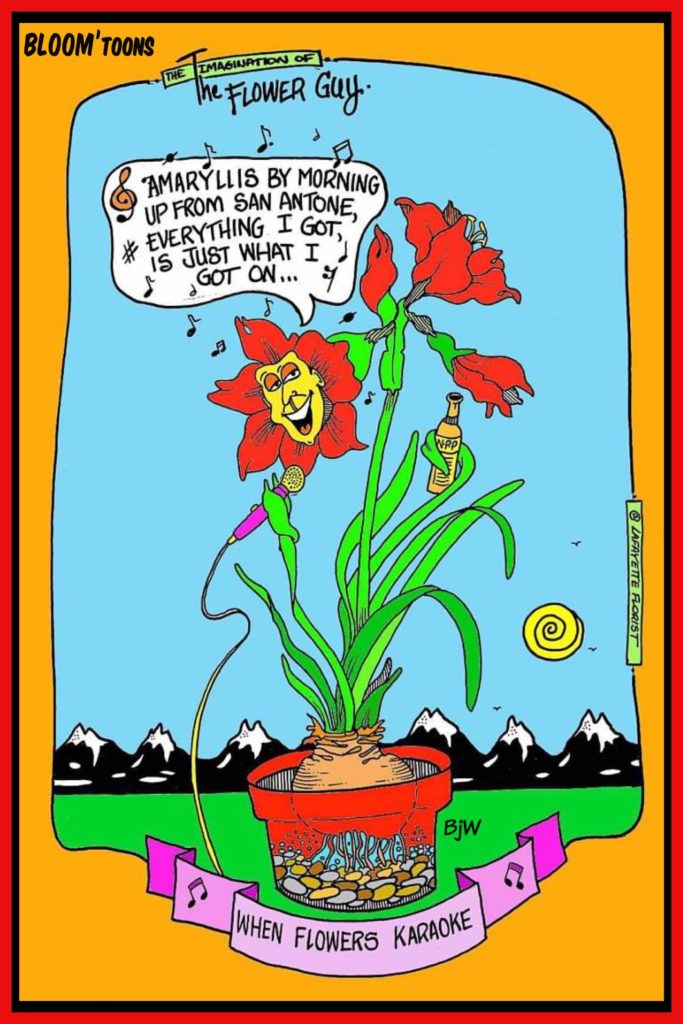
Cartoon by Brian Wheat – The Flower Guy 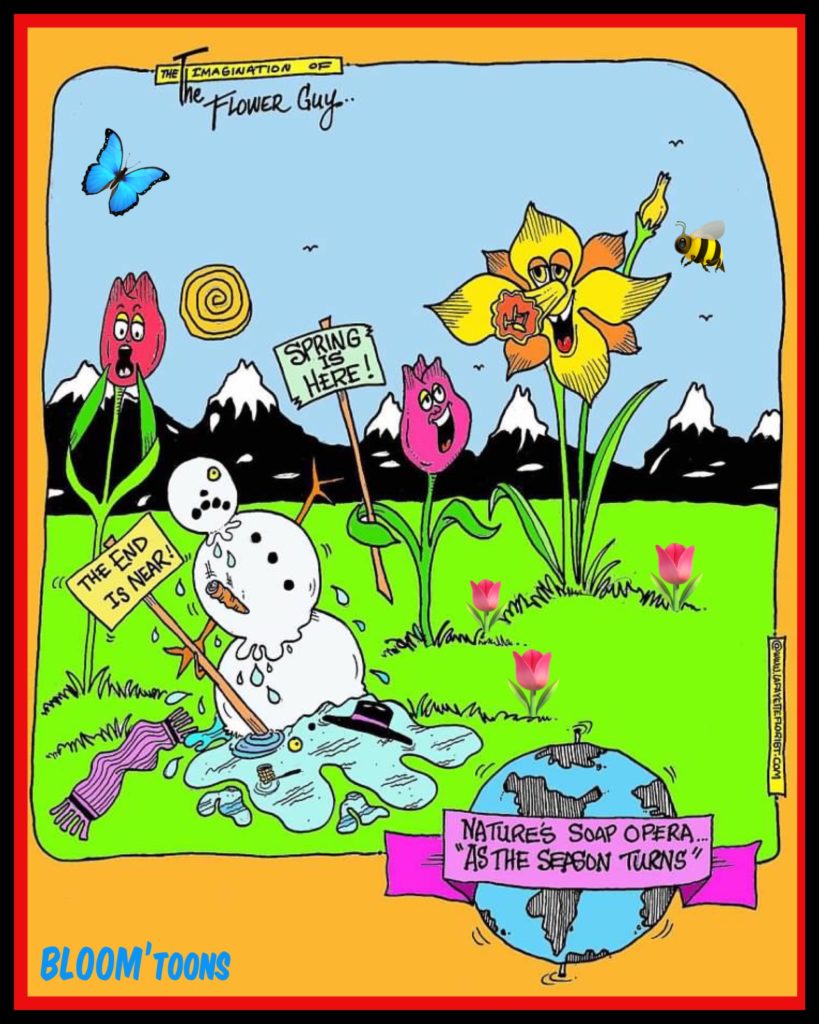
Cartoon by Brian Wheat – The Flower Guy 
Cartoon by Brian Wheat – The Flower Guy
Top Bulb Selections for Colorado & New Mexico Landscapes
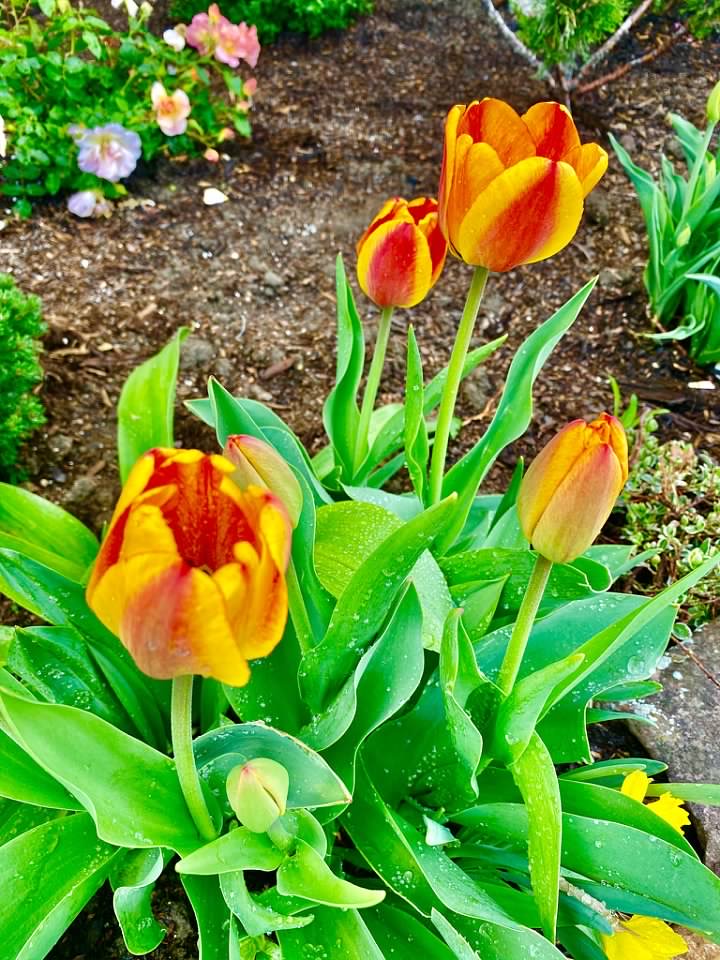
- Daffodils (Narcissus)
- Advantages: many varieties with diverse color and height options; easy and reliable; multiplies quickly and blooming again year after year; grows in a variety of soils and in sun or partial shade; not bothered by deer, rabbits and other wildlife
- Recommended varieties: Dutch Master, Unsurpassable, Ice Follies, King Alfred
- Tulips (Tulipa)
- Advantages: literally thousands of varieties with diverse color and height options; a distinct structure, bulb and root system that makes them unique; thrive in U.S. Department of Agriculture plant hardiness zones 3 through 8
- Recommended varieties: Pink Impression, Red Impression, Golden Parade, Darwin, Apple, Emperor, Nigrita, Queen of Night, Double Late
- Hyacinth (Hyacinthus)
- Advantages: highly fragrant flowers; bundles of blossoms on each flower; elegant
- Recommended varieties: Blue Jacket, Delft Blue, Carnegie (white), Pink Pearl
- Alliums (Allium)
- Advantages: grows tall; displays an unusual, large globe of tiny blossoms; distinct and playful
- Recommended varieties: Giganteum, Globemaster
- Peony (Paeonia)
- Advantages: highly fragrant; massive blossoms; indigenous to China, Europe and western U.S.
- Recommended varieties: Karl Rosenfield (red), Sarah Bernhardt (pink )
Tips for Best Success with Bulbs

- Don’t plant too early. The best time to plant is when soil temperature is 45 degrees Fahrenheit to create a good root system.
- Plant at proper depth (for example, a 2-inch bulb needs to be planted at least 6 inches deep).
- Plant in a good sunny location.
- Use a good mixture of potting soil to help roots expand.
- Amend soil with mulch and feed to ensure good roots, especially in heavy clay soils.
- Water when needed.
- Fertilize after plants are done blooming so it can reuse those nutrients inside the bulb as it stores energy for the next blooming.



